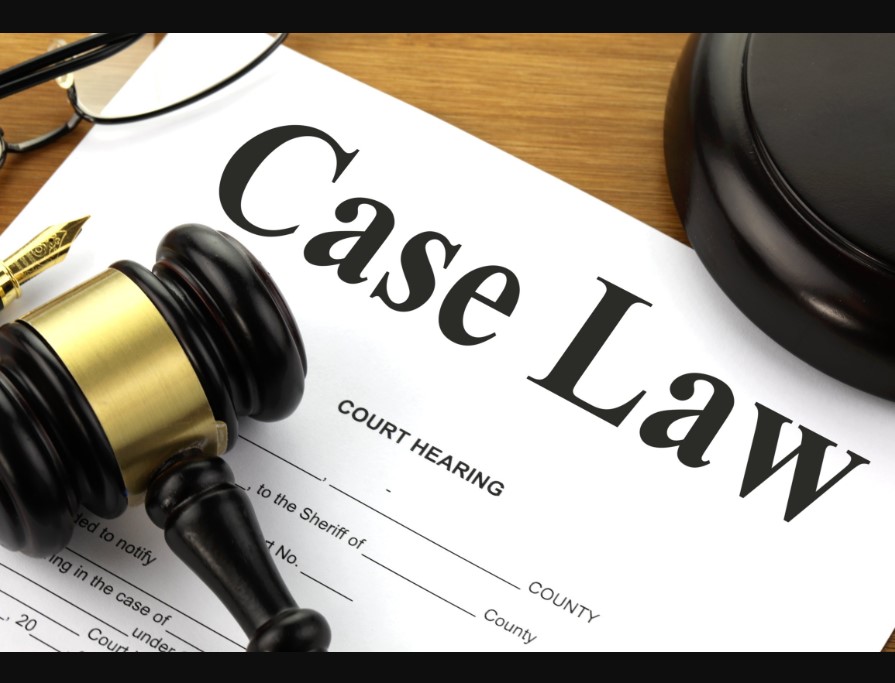
Mediation is a valuable tool for conflict resolution, offering individuals and organizations an alternative to lengthy and costly court battles. In mediation, a neutral third party, known as a mediator, helps disputing parties reach a mutually agreeable solution. This process has grown in popularity due to its effectiveness, speed, and less adversarial approach compared to traditional litigation. Let’s explore what mediation entails, its benefits, the role of the mediator, and the steps involved in a typical mediation session.
What is Mediation?
Mediation is a form of Alternative Dispute Resolution (ADR) in which a neutral mediator assists two or more parties in negotiating a resolution to their conflict. Unlike arbitration, where an arbitrator makes a binding decision, mediation focuses on helping the parties communicate and come to a voluntary agreement. Mediation is commonly used in various settings, including family disputes, workplace conflicts, commercial disagreements, and community disputes.
Mediation offers a non-confrontational approach to resolving conflicts and emphasizes collaboration rather than competition. The process empowers both parties to communicate their concerns, express their needs, and work together to find a win-win solution.
The Role of the Mediator
The mediator plays a critical role in the mediation process. Their main responsibility is to guide the conversation, helping both sides articulate their issues and better understand each other’s perspectives. Mediators do not impose solutions or make decisions for the parties; instead, they facilitate constructive dialogue.
A mediator’s role includes:
- Ensuring Fairness: The mediator works to create a balanced environment where each party has an equal opportunity to voice their views.
- Maintaining Neutrality: A mediator must remain impartial, refraining from taking sides or favoring one party over another.
- Encouraging Open Communication: By asking questions and encouraging each party to express themselves, the mediator helps uncover underlying issues.
- Managing Emotions: Conflicts often bring up strong emotions. Mediators are trained to handle emotional outbursts, ensuring the discussion remains respectful and productive.
Benefits of Mediation
Mediation offers several unique benefits compared to other conflict-resolution methods. Here are some key advantages:
Cost-Effective
Litigation can be expensive, often involving attorney fees, court costs, and lengthy time commitments. Mediation, on the other hand, typically requires fewer sessions and thus lowers costs for both parties.
Confidentiality
Unlike court proceedings, which are generally public, mediation is a confidential process. This means that everything discussed in mediation stays private, providing a safe space for open communication. Confidentiality is particularly beneficial in sensitive matters, such as family or workplace conflicts.
Speed and Efficiency
Court cases can take months or even years to resolve, while mediation is usually a quicker process. Many disputes can be resolved in just a few sessions, allowing both parties to move on sooner.
Control Over the Outcome
In mediation, the parties have complete control over the outcome. Since no binding decisions are imposed, the parties can reach an agreement that meets their specific needs, rather than relying on a judge’s ruling.
Preserves Relationships
Because mediation emphasizes communication and collaboration, it can help preserve relationships. This is particularly important in family or business disputes where the parties will continue to interact after the conflict is resolved.
Reduces Stress and Anxiety
The adversarial nature of court proceedings can be stressful, with each party vying to “win.” Mediation offers a more peaceful, cooperative environment that reduces the emotional strain often associated with conflict resolution.
Types of Mediation
Mediation is a flexible process and can be adapted to various types of disputes. Some common types include:
- Family Mediation: Used in cases such as divorce, child custody, and parenting arrangements, family mediation aims to resolve personal disputes amicably for the benefit of all family members involved.
- Workplace Mediation: Often used to resolve conflicts between employees, managers, or departments, workplace mediation can address issues such as harassment, discrimination, and interpersonal conflicts.
- Community Mediation: Designed for disputes within a community or neighborhood, this form of mediation helps resolve issues between neighbors, community members, and even entire communities.
- Commercial Mediation: Frequently used in business settings, commercial mediation resolves conflicts related to contracts, partnerships, and financial matters.
- Court-Ordered Mediation: In some cases, courts mandate mediation before allowing the case to proceed to trial. This helps reduce court backlogs and encourages settlements outside of the courtroom.
The Mediation Process: Step-by-Step
The mediation process typically follows a structured format, allowing both parties to have a fair chance to share their perspectives and work towards a resolution. Here is an overview of a standard mediation process:
Introduction and Setting Ground Rules
The mediator begins by introducing themselves and explaining the mediation process. They outline the ground rules, such as confidentiality, respect, and the need for both parties to participate fully and honestly.
Opening Statements
Each party is given an opportunity to make an opening statement, sharing their side of the story. This helps the mediator understand the conflict from both perspectives and sets the stage for further discussion.
Identifying Issues
After the opening statements, the mediator works with both parties to identify the main issues causing the conflict. They may ask questions to clarify each party’s position, ensuring that all concerns are addressed.
Exploring Solutions
Once the issues are clear, the mediator encourages both parties to brainstorm potential solutions. At this stage, they may meet with each party separately (caucusing) to better understand their needs and explore options privately.
Negotiation and Agreement
The mediator assists both parties in negotiating a mutually acceptable solution. This may involve compromise, concessions, and creative problem-solving. Once an agreement is reached, the mediator may help draft a written document outlining the terms.
Finalizing the Agreement
In the final step, both parties review and sign the agreement. This agreement can be legally binding if both parties choose to formalize it. The signed document provides closure and serves as a reference for future interactions.
When is Mediation Appropriate?
Mediation is suitable for a wide range of situations, but it may not be appropriate for every case. Here are some factors to consider when deciding if mediation is the right choice:
- Willingness to Negotiate: Mediation works best when both parties are open to negotiation and compromise.
- Desire for Privacy: Mediation’s confidential nature makes it ideal for sensitive issues that require discretion.
- Need for a Faster Solution: If a quick resolution is a priority, mediation’s streamlined process may be advantageous.
- Ongoing Relationships: Mediation can help preserve relationships, making it suitable for family, workplace, or community disputes.
- High Levels of Conflict: Mediation may be challenging if there are high levels of anger, hostility, or mistrust. In cases involving abuse or power imbalances, other forms of dispute resolution may be safer and more effective.
Conclusion
Mediation is a powerful tool that offers an alternative to traditional conflict resolution. By fostering open communication and collaboration, mediation empowers individuals to take control of their disputes, reach a mutually beneficial agreement, and preserve relationships. Whether in a family, workplace, or commercial context, mediation provides a safe, cost-effective, and confidential approach to resolving conflicts. For those seeking a solution beyond the courtroom, mediation is a worthwhile option to consider.





